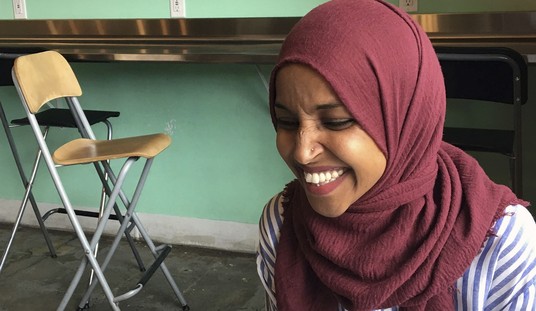We’ve seen an increasing trend of woke leadership in some of our more liberal cities to “reform” police departments and the criminal justice system to be fairer to everyone. This generally comes in the form of eliminating jail time for many offenses and instructing police departments to stop going after people for “quality of life crimes.” We are told this is done to reduce the mass incarceration statistics in our country and to reduce the effects of racism. So how’s that working out so far?
At least in New York City, San Francisco and Philadelphia, not really all that well. While I’m sure this will come as a shock, each of these cities has seen an increase in several categories of crime over the past few years. In some cases, like that of San Francisco, the increase has been dramatic. And this is particularly true of crimes committed on mass transit systems. (Free Beacon)
Crime is spiking in public transit systems on opposite sides of the country, as both New York City and San Francisco struggle with a surge in harassment, assault, and even major violence.
Violent crime on San Francisco’s Bay Area Rapid Transit (BART) system rose by 115 percent between 2014 and 2018, culminating in three homicides within a week. New York City’s subway system, meanwhile, has seen a 10 percent increase in total crime in the last year.
The underlying causes of these crime spikes, experts tell the Washington Free Beacon, remain unclear. But the spikes cast serious doubt on the experiments in progressive prosecution and policing both cities are currently engaged in.
The ten percent increase in crime on the Metro in the Big Apple doesn’t take into account rises in property crime and assaults all across the city, but it’s still a worrying statistic. But a more than 100% spike in crimes on BART in San Francisco should be setting off alarm bells for them. While the linked article doesn’t mention it, Philadelphia was recently ranked the most dangerous big city in the country. (Cities like Baltimore aren’t “big” enough to make the list or they would be at the top.)
Should this really come as a surprise? When you publicly announce that you’re going to put a leash on the cops and stop arresting so many people for more “minor” crimes, what did you think was going to happen? Law enforcement officers and stiff penalties don’t stop everyone from breaking the law, but they do act as a deterrent to some who might otherwise fall to temptation.
California already learned this lesson over the past few years after moving to decriminalize property theft below a certain level of value for stolen goods. This was done in the name of the same social justice initiatives mentioned above. The result? Every year since then, incidents of so-called “smash and grab” thefts rose significantly. The penalty for stealing less than $1,000 worth of goods was reduced to a slap on the wrist, so people just started looting.
Low-level crimes are an indicator of more serious crimes to follow. It’s the basis of the Broken Windows theory of law enforcement that was so successful in New York City starting in the early 90s and continuing until Bill de Blasio took office six years ago. Now the morale among police is low and crime is on the rise. So consider this question: how much higher do crime rates need to increase across the board before voters in these cities realize they are electing social justice warriors who are making them less safe instead of safer?







